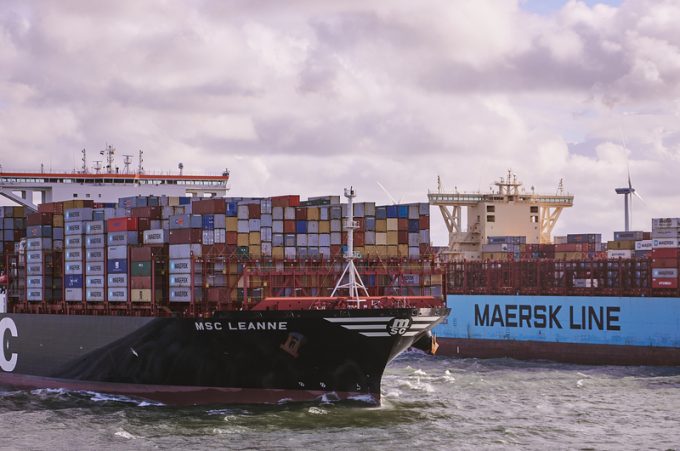OceanX Radar: Cooling down – trade wars mean no trade
… no news on deals is bad news on wheels

Since August 2020, MSC’s brokers have completed the acquisition of nearly 250 second-hand containerships to usurp 2M partner Maersk as the biggest ocean carrier in capacity terms, suggesting the alliance deal may not be renewed when it expires in April 2024.
According to Alphaliner data, the ...

Comment on this article